A little while ago, myself and fellow WellPlayed contributor Zac Reardon decided to start a bi-weekly streaming series where we caught up on the latest gaming news over a few heated rounds of Uno for PC. Aside from being conceptually wonky these streams were a nice, chill time for the most part. Being my first foray into the Twitch scene I was excited at learning how everything works and crafting bespoke layouts for our channel, but one thing I hadn’t anticipated is how utterly aggravating it can be to wrangle sound for a stream when multiple sources are in play.
Looking back at everything that went wrong with our audio in that time, I only wish I’d had back then what I do now – the Razer Audio Mixer. Sure, mixers aren’t a new thing and there are plenty of solutions out there that may have helped my cause, but I don’t think any of them would have been as intuitive and easy-to-use at an entry level as this. After only a couple of weeks it’s become an essential part of my setup, both on and off stream.
Shipping in an unmistakable black-and-green box, the Razer Audio Mixer’s package is deceptively simple. Inside is the mixer itself, a USB-C cable for connecting to a PC, two ground loop isolators, an instruction manual and… that’s about it! Removing the mixer from its soft, protective pouch you’d be forgiven for expecting a more complex setup but part of the beauty of this device is how plug-and-play it is. Once you’ve hooked it up to one of your PC’s standard USB ports and fired up the Razer Synapse software the rest is up to your imagination.
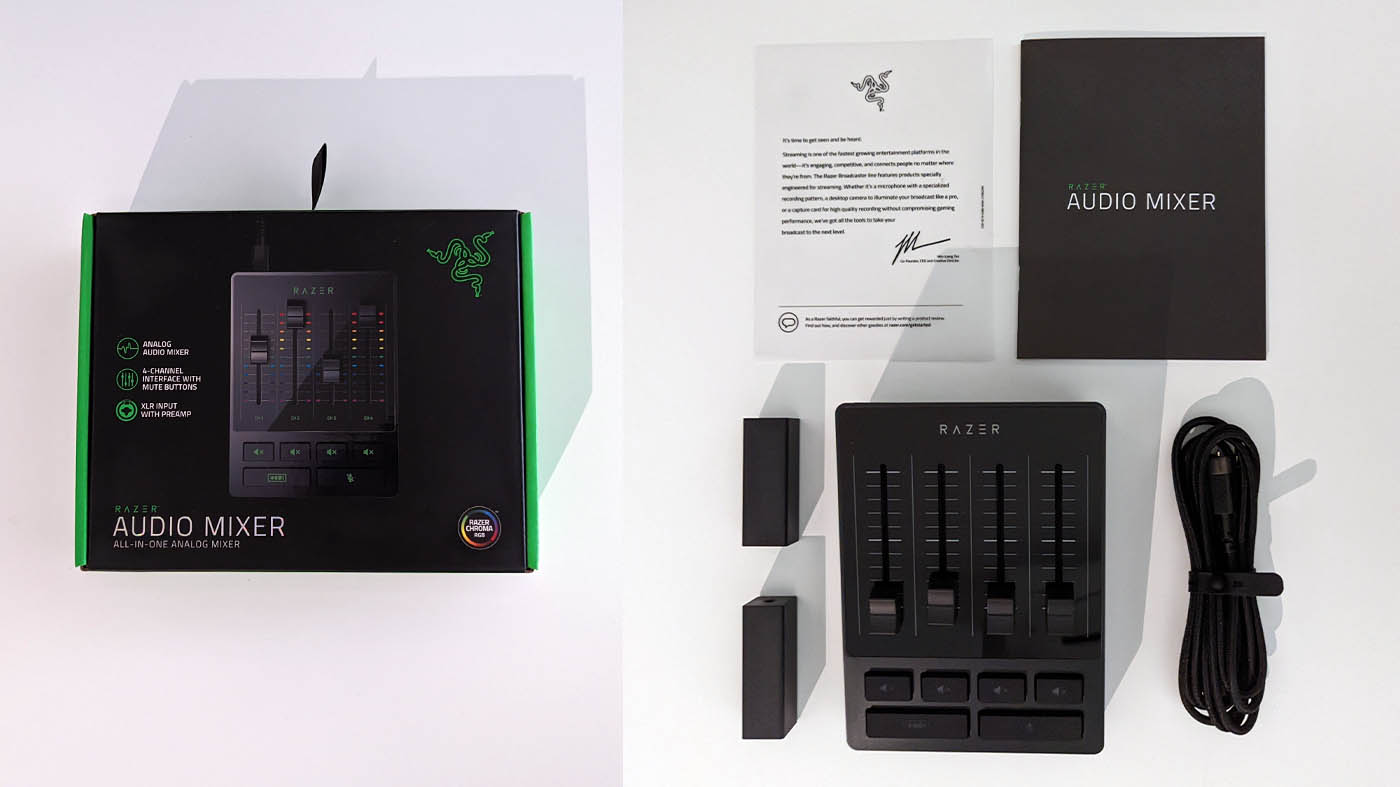
Taking a look around the handsome little piece of hardware now sitting on my desk, it stands out as one of the nicer-looking bits of kit that Razer has produced. On its face are four fader dials representing four audio channels, a dedicated mute button below each, a quick microphone mute and one more button that I’ll touch on a bit further down. At the front are two 3.5mm ports for microphone input and headphone out while the back carries the type-C PC connection that also powers the mixer, an optical in, line in and out and an XLR mic input with its own low-noise preamp. Despite the company’s tendency toward overtly “gamer” aesthetics, it’s all quite demure and restrained which is nice to see.
The key to it all is those four channel dials, putting the power at your fingertips to control your audio levels across different PC apps on the fly without having to fiddle with multiple Windows menus or third party software solutions mid-stream. That’s a key point to clear up straight off the bat – this is a device aimed squarely at streamers that broadcast their own voice alongside multiple sources like games, Discord chat and music, as opposed to something for managing multiple external audio inputs for something like a group podcast.

Through Razer’s own Synapse software, each of the channels on the Razer Audio Mixer can be customised to suit the task at hand and doing so is fairly simple. After adding the device into the software suite the first screen you’ll see contains a rundown on the couple of steps necessary in Windows itself to get things going, essentially dipping into the native audio device settings to assign the Audio Mixer as the default for everything going in and out. A handful of new audio devices are created in Windows that represent each of the physical sliders and these can be assigned to individual applications like Spotify, Discord and your favourite games – thus tying them to the mixer’s separate channels. If you’re totally new to digging through Windows’ audio settings that might sound a touch confusing but Razer’s instructions are clear and concise and once you’re in there it all makes a lot of sense.
Admittedly it did take me a while to get it all going with my microphone, an Elgato Wave:3 USB mic. Most of the blame for that goes to Windows itself though, which can be incredibly unclear about what sounds are playing where, but after a bit of fiddling and trial and error I managed to convince the mixer to take control of my mic properly through its front-side input. Assigned on the other three channels for me are my Discord chat audio, Spotify music and game sound and it all outputs to either my PC speakers or headphones. Good stuff.
With the audio channels assigned, messing around with the mixer’s customisation options in Razer Synapse is an absolute joy. It’s really the standout difference between this and existing mixing interfaces, bringing together easy controls as well as fun audio effects and Chroma lighting.
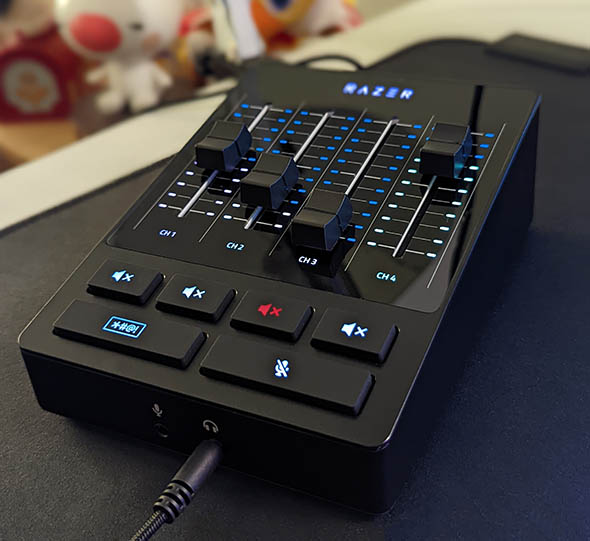
Yep, this wouldn’t be a Razer product with a little of the ol’ R, G and B. It’s a comprehensive little assortment of lights with everything from the Razer logo at the top, the faders and face buttons all individually customisable with 16 million colours and various animated effects. The faders are the most fun as they can be lit completely or in segments that display the current levels, or even both at the same time. You can make it all super garish with strobing rainbows, go for some subtle and functional pastels or just turn everything off completely.
As for setting up and controlling your audio sources with Synapse, a number of different interfaces allow for adjusting the mix of your various inputs and outputs as well as applying audio treatment and even some fun effects to your vocals. Coming from past situations where trying to monitor my microphone while also sending it to my stream output resulted in nothing but headaches, the ability to toggle individual channels (even beyond the four attached to the mixer itself) differently for playback, monitoring and stream is an absolute game-changer for me. As far as effects go I’m sure many will prefer to continue using other third-party solutions and that’s still totally doable, but it’s still nice to have some basic stuff on-hand.
The best bit? A dedicated ‘bleep’ button right on the front of the mixer. As a serial dropper of c-bombs on the WellPlayed DLC podcast I’m certain this feature is going to be a massive help to our podcast editor… if I can catch myself in the act, at least.
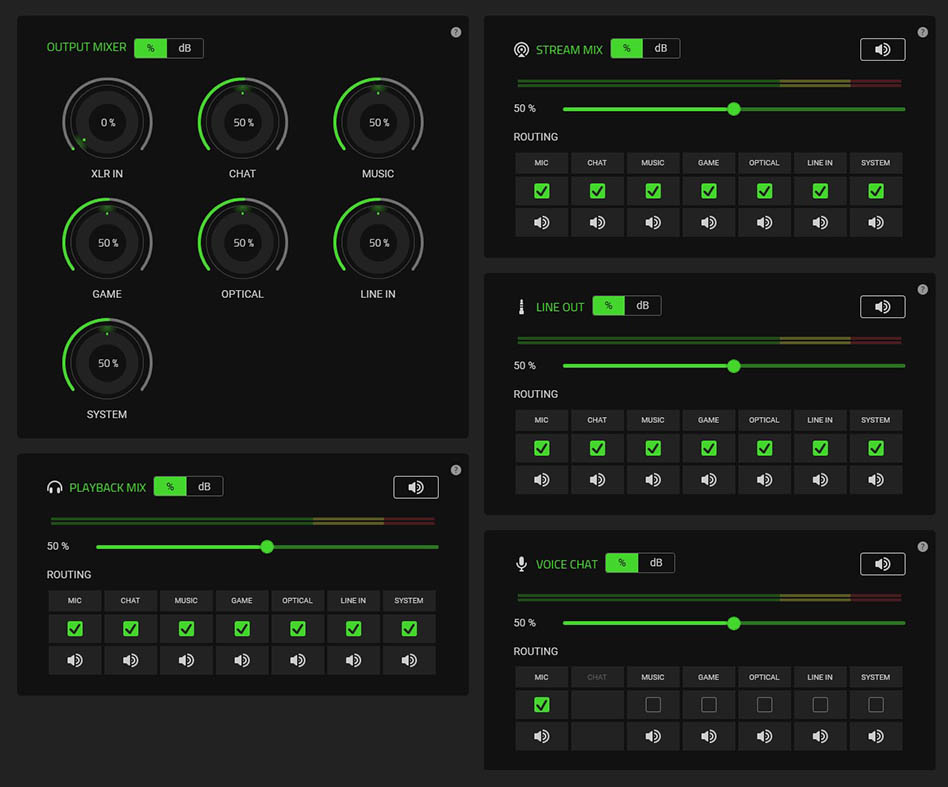
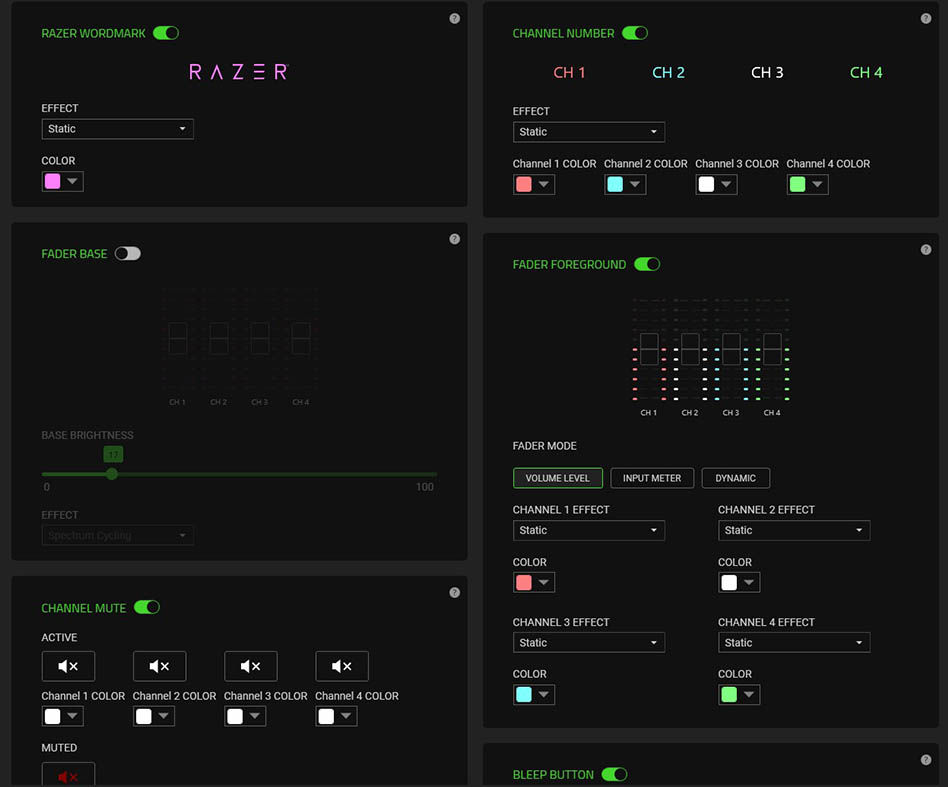
Although it’s geared primarily toward streamers, the real beauty of the Razer Audio Mixer is how quickly it became a vital component in my everyday PC setup. Being able to listen to music or podcasts while I work and quickly turn things down without switching screens, having easy access to my microphone’s gain and mute during podcasts and streamlining the multiple audio devices on my desk is an unexpected benefit that I’m appreciating immensely. And, of course, streaming from multiple sources is no longer an overwhelming and finicky endeavour.
That said I probably wouldn’t go hunting one of these down unless you’re serious about using it as a proper audio solution for your streams or VODs. At AUD $419.95 / NZD $469.95 it’s not exactly an impulse purchase and it’s certainly pricier than some other similar products, though none that I’ve come across really bridge that gap between beginner-friendly and powerful quite like this does.
Final Thoughts
The Razer Audio Mixer transformed my PC audio experience, and not just when it comes to streaming or recording. My entire setup has become more streamlined and easy to manage, allowing me to easily change how separate applications are mixed without digging through Windows’ cumbersome menus. Add to that the ease of setup, the ridiculous amount of control through the Razer Synapse software and Chroma-powered good looks and this is one hell of a compelling little device.
Review unit supplied by the manufacturer
Click here for more information on WellPlayed’s review policy and ethics
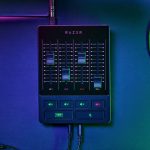



Kieron's been gaming ever since he could first speak the words "Blast Processing" and hasn't lost his love for platformers and JRPGs since. A connoisseur of avant-garde indie experiences and underground cult classics, Kieron is a devout worshipper at the churches of Double Fine and Annapurna Interactive, to drop just a couple of names.




























